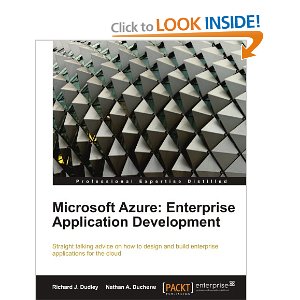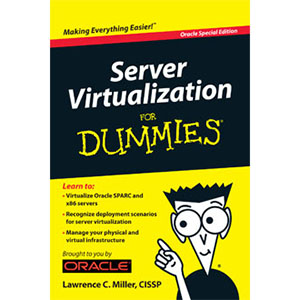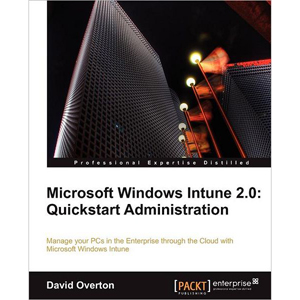Microsoft Azure: Enterprise Application Development

Microsoft’s Azure platform has proved itself to be a highly scalable and highly available platform for enterprise applications. Despite a familiar development model, there is a difference between developing for Azure and moving applications and data into the cloud. You need to be aware of how to technically implement large-scale elastic applications. In this book, the authors develop an Azure application and discuss architectural considerations and important decision points for hosting an application on Azure.
This book is a fast-paced introduction to all the major features of Azure, with considerations for enterprise developers. It starts with an overview of cloud computing in general, followed by an overview of Microsoft’s Azure platform, and covers Windows Azure, SQL Azure, and AppFabric, discussing them with the help of a case-study.
The book guides you through setting up the tools needed for Azure development, and outlines the sample application that will be built in the later chapters. Each subsequent chapter focuses on one aspect of the Azure platform—web roles, queue storage, SQL Azure, and so on—discussing the feature in greater detail and then providing a programming example by building parts of the sample application. Important architectural and security considerations are discussed with each Azure feature.
The authors cover topics that are important to enterprise development, such as transferring data from an on-premises database to SQL Azure using SSIS, securing an application using AppFabric access control, blob and table storage, and asynchronous messaging using Queue Storage. Readers will learn to leverage the use of queues and worker roles for the separation of responsibilities between web and worker roles, enabling linear scale out of an Azure application through the use of additional instances. A truly “elastic” application is one that can be scaled up or down quickly to match resources to demand as well as control costs; with the practices in this book you will achieve application elasticity.
Develop large scale elastic applications on the Microsoft cloud platform
What you will learn from this book :
- Explore the major features of Azure
- Examine the differences between Azure development and traditional application development
- Integrate with an on-premises database using SSIS
- Utilize blob, table, and queue storage
- Develop web and worker roles
- Log application diagnostics and events
- Create a WCF service in a web role
- Review considerations for moving an application and data into the cloud
- Create a Windows Forms application, and integrate it with web services using Visual Studio
- Monitor your application’s performance using Azure Diagnostics
Approach
This fast-paced guide enables developers to design and build Enterprise applications for the cloud. You will find it easy to follow this book, as the authors use an actual online portal application for the case study. Throughout the development of the sample application there is discussion of important considerations for moving an application into the cloud.
Who this book is written for
If you provide technological leadership to their enterprise—senior developers, architects, CIO/CTO and you want or need to guide your enterprise’s application design to Azure, this is the perfect book for you! Since the examples are in .NET, the book will skew to MS-oriented developers. But a lot of what is discussed will be applicable to anyone wanting to work with Azure. No matter what language you use, you provision the application fabric the same way, and all the underlying concepts will be the same. You will need experience with Visual Studio, and some basic SQL Server knowledge.
Book Details
- Paperback: 248 pages
- Publisher: Packt Publishing (December, 2010)
- Language: English
- ISBN-10: 1849680981
- ISBN-13: 978-1849680981














